
CHICAGO
DEDICATION
For Eric, my P.F.L.

We welcome your comments and suggestions. Please contact Editor,
The Countryman Press, P.O. Box 748, Woodstock, Vermont 05091,
or e-mail .
Copyright 2009 by Karla Zimmerman
First Edition
All rights reserved. No part of this book may be reproduced in any form, or by any electronic or mechanical means, including information storage and retrieval systems, without permission in writing from the publisher, except by a reviewer, who may quote brief passages.
ISBN 978-0-88150-844-4
Map by Paul Woodward, 2009 The Countryman Press
Book design by Bodenweber Design
Text composition by Chelsea Cloeter
Published by The Countryman Press
P.O. Box 748
Woodstock, Vermont 05091
Distributed by W. W. Norton & Company, Inc.
500 Fifth Avenue
New York, NY 10110
Printed in the United States of America
10 9 8 7 6 5 4 3 2 1
ACKNOWLEDGMENTS
Many thanks to the following folks for sharing their local knowledge and patiently answering my questions: Jon Jarosh in Door County; Noreen Rueckert in Green County; Sharon Kaminecki at Earth Rider Cycling; Joy Rasin in Lake Geneva; Sue Anne Zollinger, pie maven; Ted Villaire, author of 60 Hikes within 60 Miles: Chicago and the forthcoming Road Biking Illinois, Camping Illinois, and Best Bike Rides Near Chicago; Jennifer Denniston; Sam Benson; Brian Austin and Tim McKeon; Marie Erdman Bradshaw; Nancy Castagnet; Rose Spinelli; Frances Ginther; and Ray Zielinski.
Many, many thanks to Kim Grant for suggesting this book be written, and for help and encouraging nudges throughout the process.
Utter gratitude to Lisa Beran for womaning the wheel and being such a swell road trip pal. Im sorry I made you eat all that pie and ice cream.
And of course, this book would never have come to be without Eric Markowitz, my partner-for-life, who not only fed me, drove me, and edited my words, but also went on 20-mile bike rides, picked blue berries, slept in log cabins, and engaged in many other activities he did not bargain for. Hes the ultimate traveling companion and deserves much more than just his backside in all my photos.

Paul Woodward, The Countryman Press
CONTENTS
INTRODUCTION
Chicago is, of course, one of the worlds great cities, and millions of visitors flock here each year to get a piece of our action. So it must seem odd that were writing a book about how to leave this fine metropolis.
But sometimes the urge strikes to spend the night in a town with 500 people instead of 3 million. Or in a place where you can see the stars and smell the pines. Or in a spot where you can surf a phat wave, or eat a fat slice of pie.
This book helps you find those places. Weve divided the destinations into four themes. Eat sites revolve around food and/or drink, where you can buy cheese and beer at the source or immerse yourself in an ethnic cuisine. Play covers good-time, beachy trips where you can also hike, bike, and paddle. Learn getaways have a historic or cultural component. Chill escapes are nature-filled places to relax. The themes are not binding, though, so dont get too stuck on the label. Youll find plenty of good chow in Learn destinations, and biking and kayaking jaunts in Eat locales. Fast Breaks are destinations within a half hour of downtownincluding two that are in the city, but feel much farther away.
Youre probably familiar with most of the destinations listed. Our goal is not to surprise you with new places, but to put a fresh light on the standbys. Maybe youll visit Galena in January to ski. Or Starved Rock in February to hike to ice falls. More than anything, we want to inspire you and give you the tools to hit the road. Havent you always wanted to drive Route 66? Or see the Racing Sausages in Milwaukee? Or poke through Indianas Amish Country?
Nows the time. Take a Great Escape.
EAT

1

GREEN COUNTYS CHEESE BOUNTY

Dont know your artisanal from farmstead, Gruyere from Gouda, curd from whey? A road trip to southern Wisconsins Green County will sort you out. The area is home to the largest concentration of cheesemakers in the nation.
The reason theyre all bunched here is simple: the land. Green County sits at the edge of the Driftless Region, which glaciers bypassed during the last ice age. Instead of getting flattened, the landscape was left with hills, valleys, and limestone-rich soil. Today the distinctive land grows distinctive grass, which makes distinctive food for cows, and that results in distinctive milk that creates distinctive cheese. Got it? Old World Europeans did, particularly the Swiss. They flocked to the region in the 1800s, bringing their cheesemaking skills with them.
So unloosen the belt. The average American eats 31 pounds of cheese each year, and youll bite into a hefty portion of that amount as you tour through cow-splotched fields and visit the local masters at work.
Before embarking, lets get straight on some cheesy terminology. Artisanal refers to cheese made in small batches. Farmstead means cheese made with milk from the farmers own herd. Curds are milk solids separated from the whey (a.k.a. liquid) when milk is coagulated. And fresh curds squeak when you bite into them. Sadly, they lose this attribute after about 12 hourswhich is why its vital to get curds hot off the press.
But you dont have to be a diehard cheesehead to appreciate Green County. Its back roads and car-free bike trails lure both novice and experienced cyclists. Theyre eager to roll by scenic barns, bovines, and hay bales sun-dappled enough to be a Monet painting. In summer, visitors tube and canoe down the Sugar River and watch movies at the local drive-in. In fall, they come to see the white ash, red oak, sugar maple, and hickory trees explode in color.
Monroe (population 10,800) is the biggest town and county seat, filled with cheese history and Limburger taverns, but its nicer to snooze in the smaller towns. Brodhead (population 3,100) makes a good base due to its funky cycling hotel and walkable town center with pizza, Chinese food, and Pabst Blue Ribbon bars. Swiss-themed New Glarus (population 2,100) adds cowbells, cuckoo clocks, and a lip-smacking microbrewery to the mix.
 GETTING THERE
GETTING THEREMonroe is 135 miles northwest of Chicago. Take I-90 west out of the city (tolls apply). Just before Rockford follow I-39 and US 51 heading south for 3 miles, and then merge onto US 20 heading west. Stay on the highway for about 30 miles to Freeport, and then turn onto IL 26 heading north. At the Wisconsin border, the road becomes WI 69, and it runs into Monroe. The trip takes two and a half to three hours.


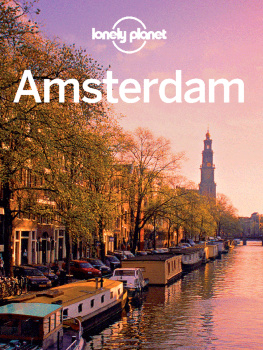

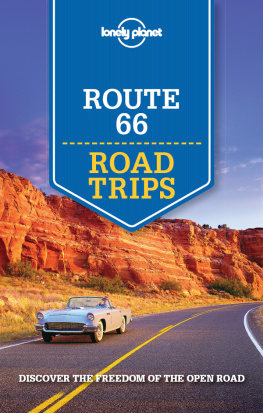


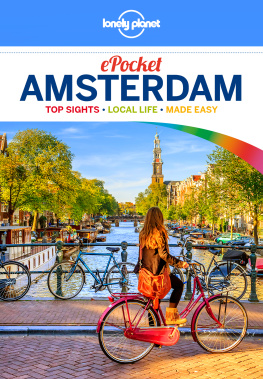
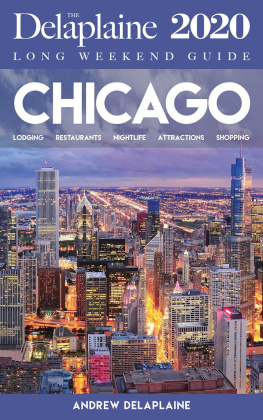

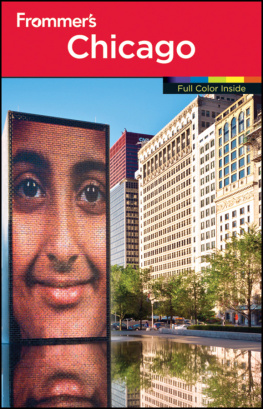
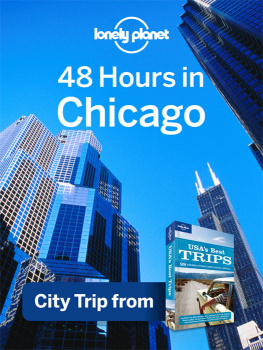





 GREEN COUNTYS CHEESE BOUNTY
GREEN COUNTYS CHEESE BOUNTY GETTING THERE
GETTING THERE